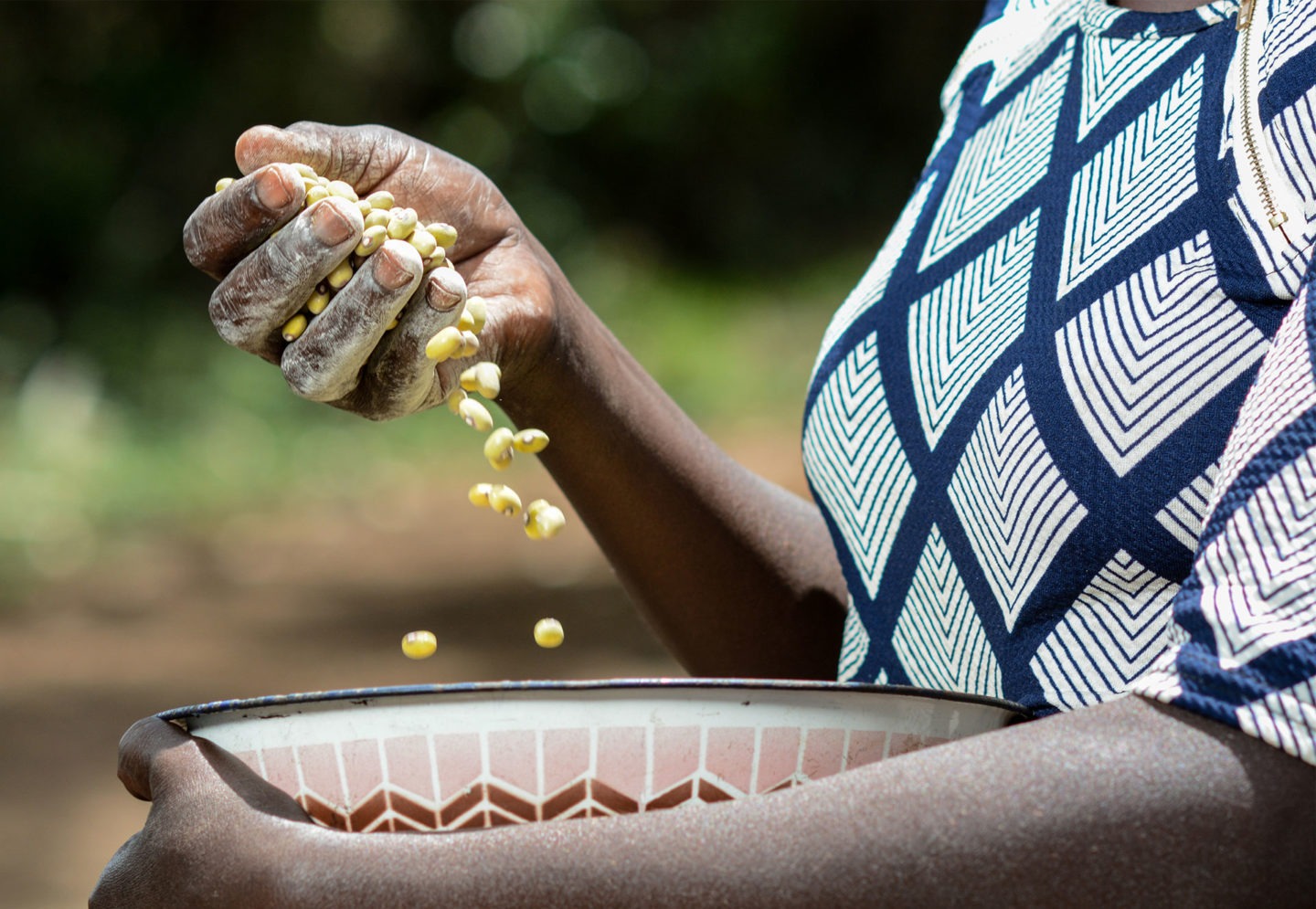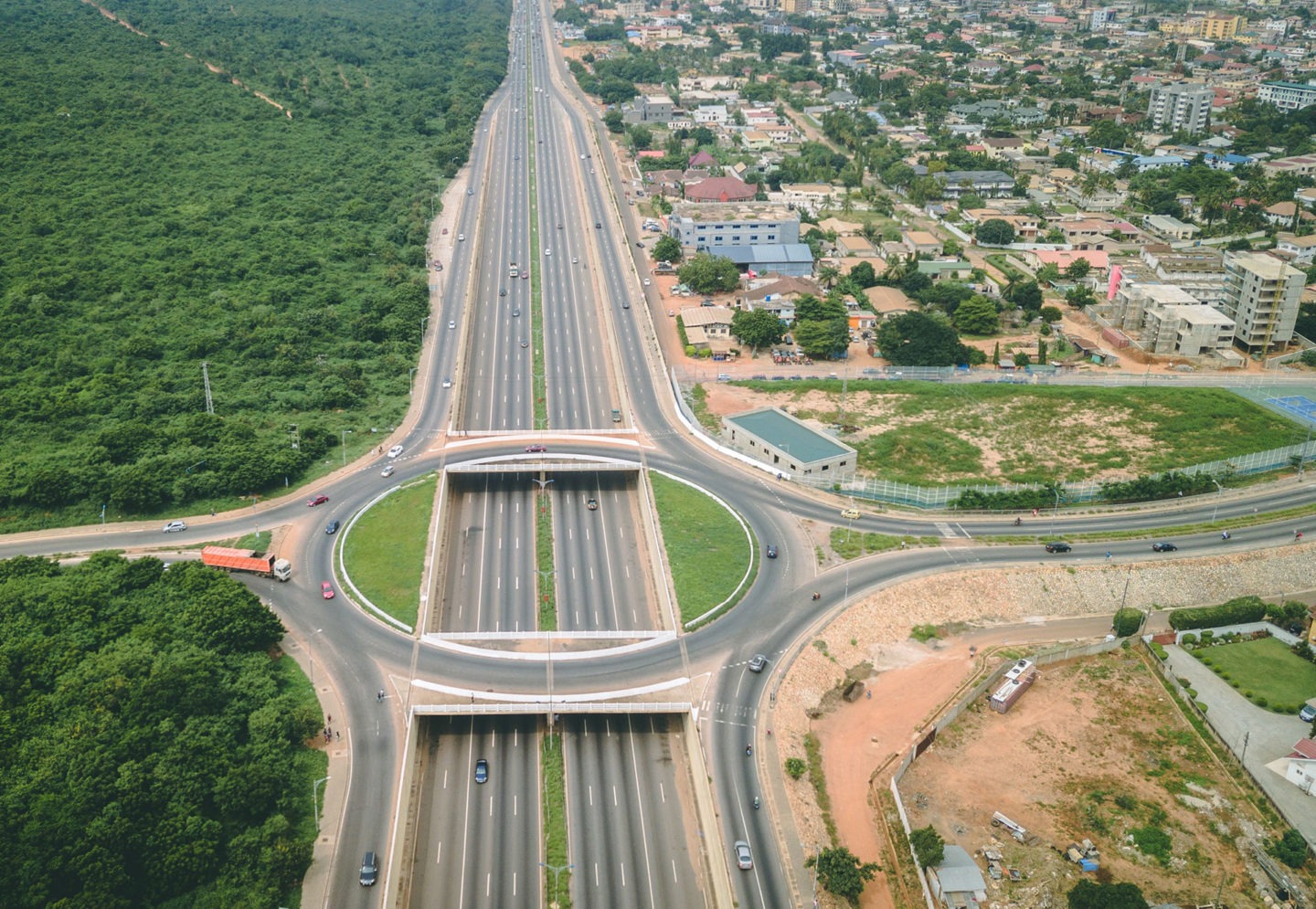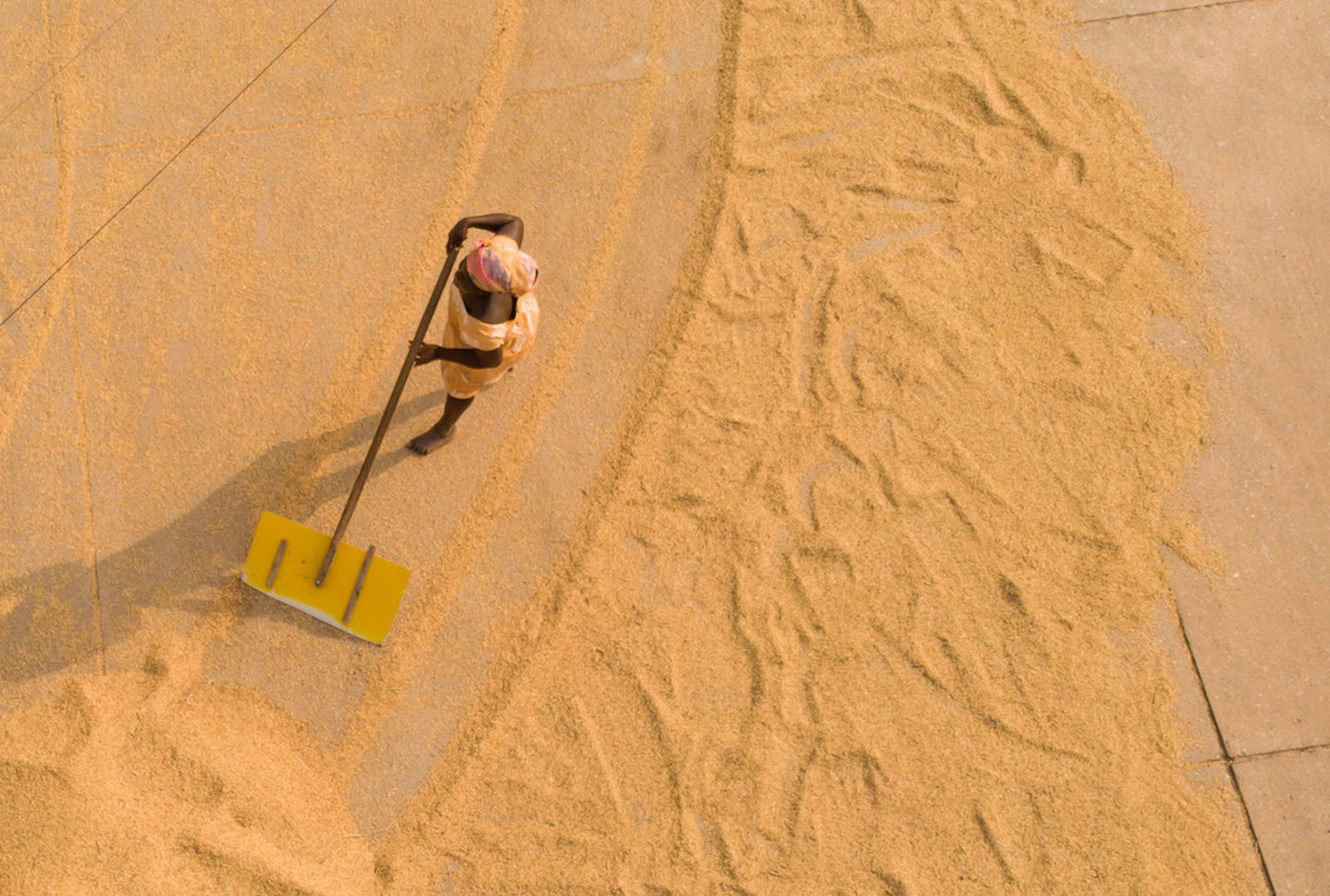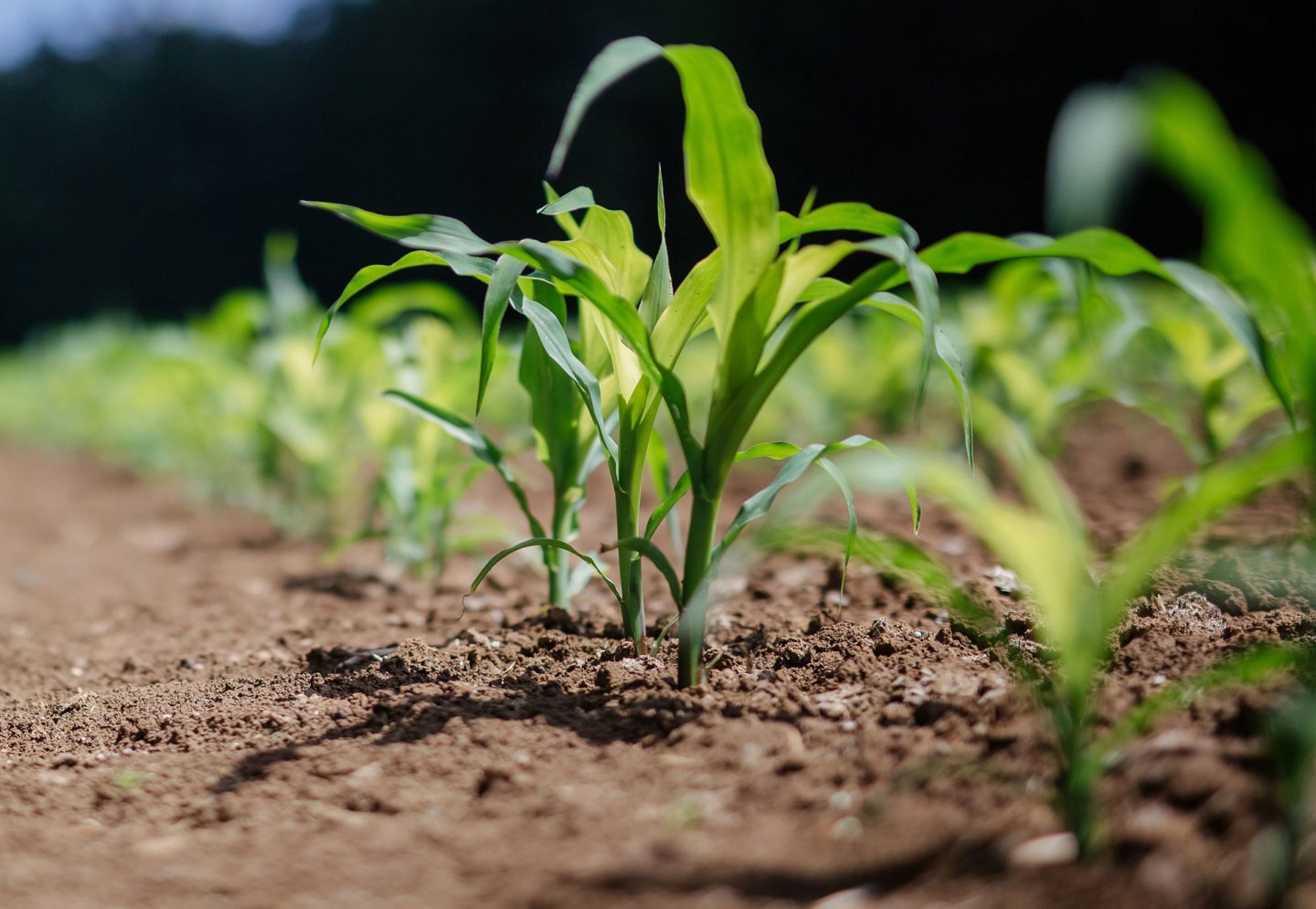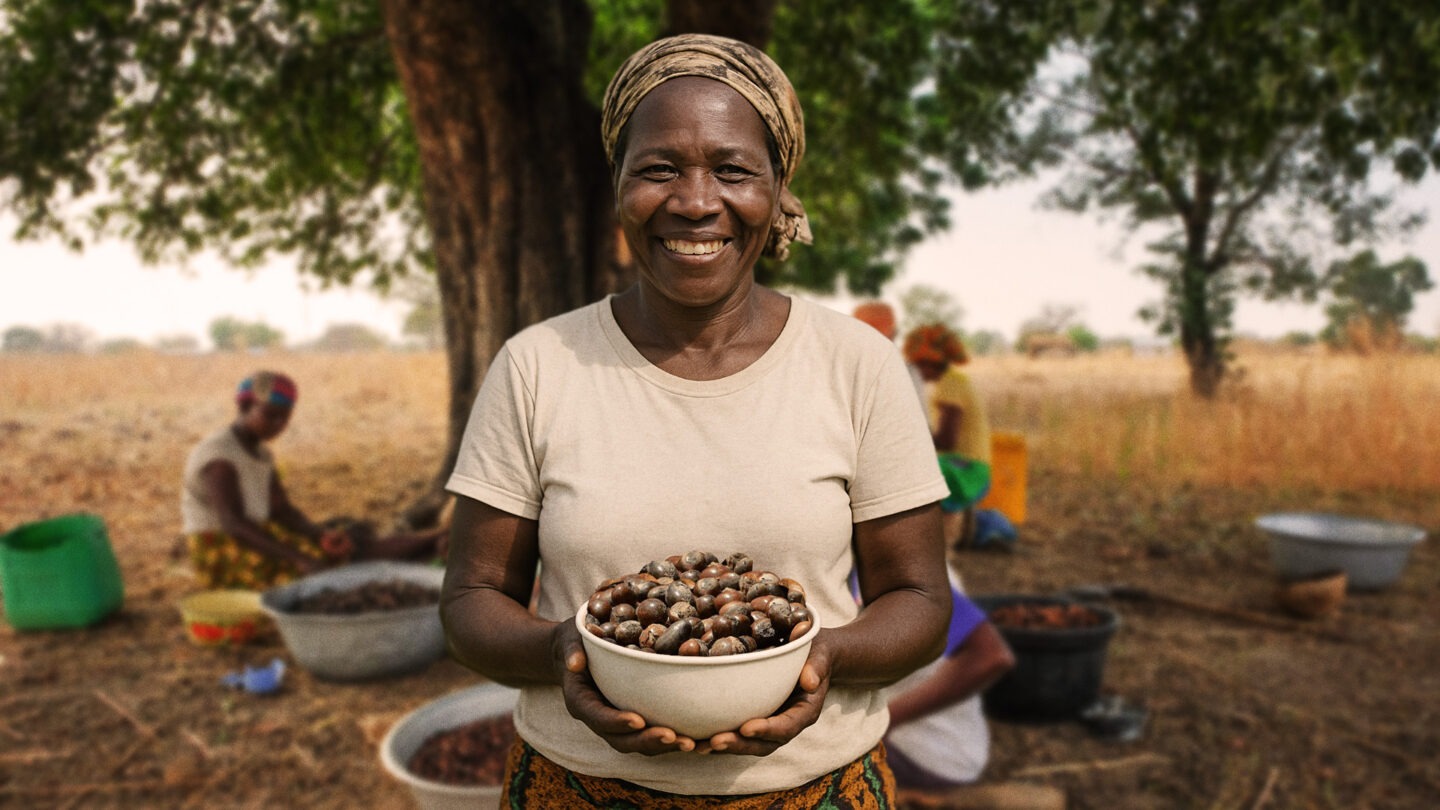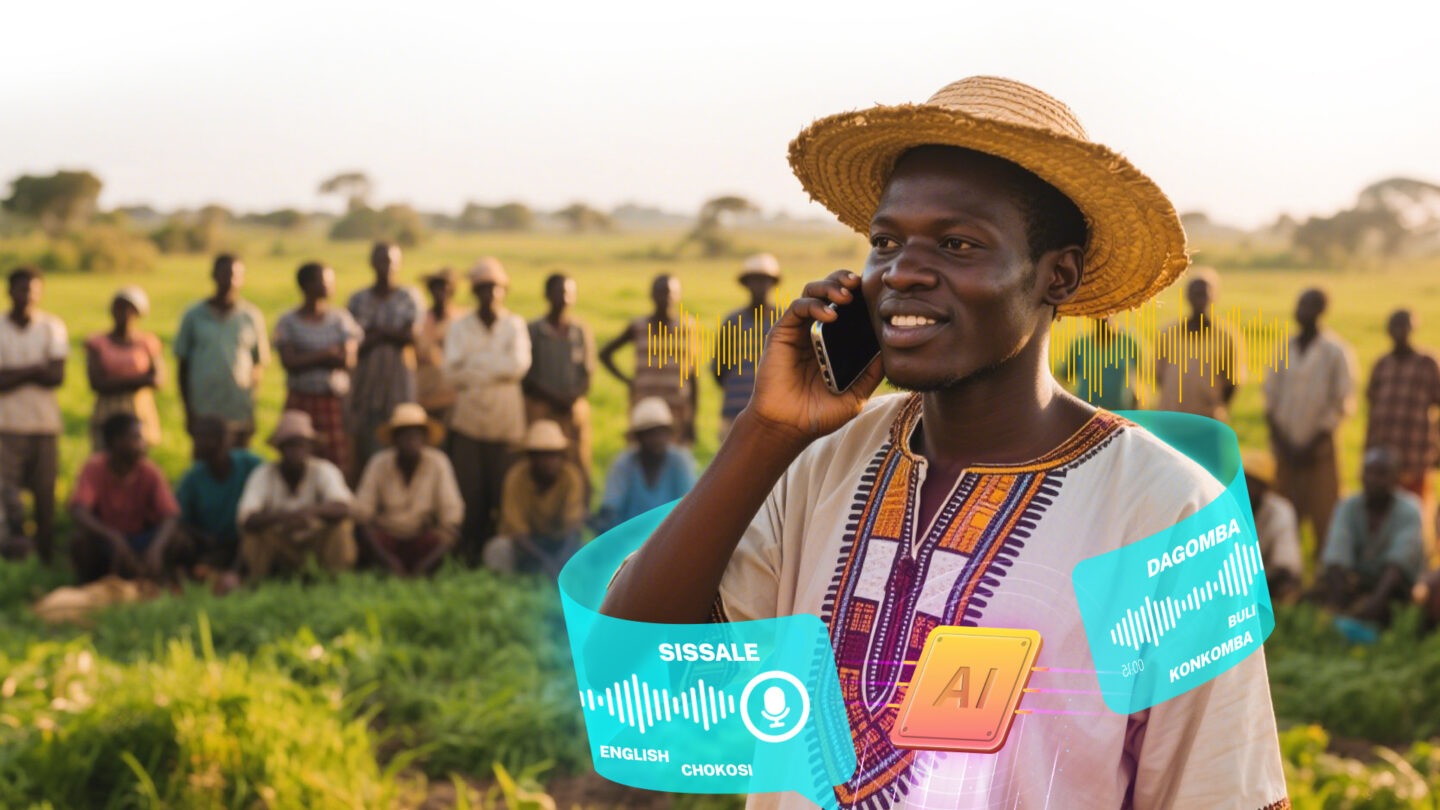
How agriculture has been depicted in Ghana, and across the continent, has been unfair and partial. The other side of the farmer’s story needs to be told.
For decades, farmers in Ghana and across the continent have been presented as old and poor illiterates.
From newspapers to television to radio, the default symbol of farmers is that of dirty and torn-up elderly people. They are often portrayed as folks who smell of dirt, live in mud houses without potable water and who can’t pay the school fees of their wards. But sadly, this projected image is just showing one side of the farmer’s story.
“Even though things are changing and people are becoming more acceptable and open-minded, farmers are still seen as extremely poor uneducated people in torn clothes swinging cutlasses or hanging hoes on their shoulders as they whistle their way through a bush to go and break their back in labour,” Schandorf Adu Bright, Director of Farmer Services at Farmerline says.
These stereotypes, perpetuated through the mediums of television, newspapers and radio, present an incomplete, subjective and sometimes false image of the reality of farmers.
“The image that people are shown is that of farmers being inferior, poor and worthless”, says Patrick Sakyi, Monitoring and Evaluation Associate at Farmerline says. “But that is far from the overall truth. In most of the workshops that Farmerline has organized for rural farmers, they have shown up well dressed. And they have almost all the social amenities that people in urban areas have.”

Also, many people don’t think of farming as a livelihood for intelligent people. Smart people are doctors and lawyers, bankers, and professors. They are not shown to dig in the dirt using old cutlasses whilst wearing torn dresses.
“No child would choose to come into agriculture because of what the media shows them.” Kwadwo Ofosu-Amoah, a smallholder farmer in Morso in the Asante-Akim South District in the Ashanti Region of Ghana admits in Twi (a local dialect). “For that to change, the media needs to show them the other side of farmers. They need to sell agriculture from the point of it being a good career choice, which can compete with, say, becoming a doctor or lawyer.”
But how will that be done?
“The media needs to get behind showing farmer’s use of leading-edge technology. They need to show people, especially the young ones, how farmers are adapting to climate change and how we are caring for the environment (using the right planting methods and fertilizer) while being profitable at what we do,” Kwadwo says. “A good exhibition of this would make a child consider getting involved in food technology, environmental science or even deciding they would rather be a farmer than a pilot or lawyer,” he says.
Schandorf admits that an approach to changing mindsets must move beyond classrooms. “We need to get pupils and students out of the classroom where agriculture is theory-based (and mostly geared towards just passing exams) and have them meet with farmers in the area who can share their stories on the benefits, prospects and challenges of farming. This will help them dismiss the wrong projections that have been made about farmers.”

Currently, we present a picture of farming that is so far from reality – one that is divorced from industrial progress, not skilled, on its last legs and struggling to survive. This is sad, embarrassing and far removed from reality.
We need to embrace the accurate, hard-working public image that reflects the greatness of the farmer’s job. It’s something to be proud of, and it will help keep people on agriculture’s side.

